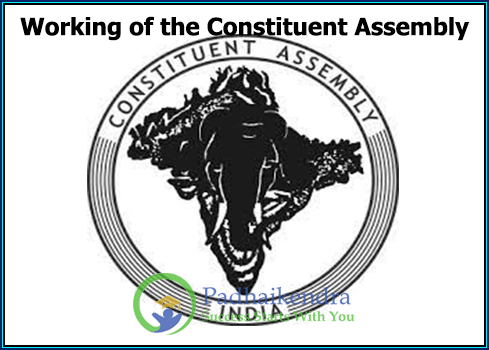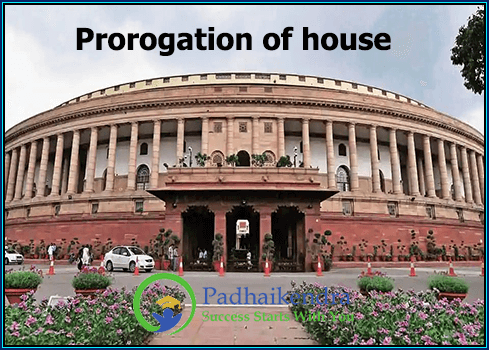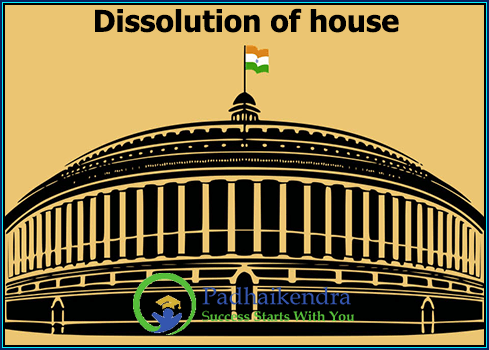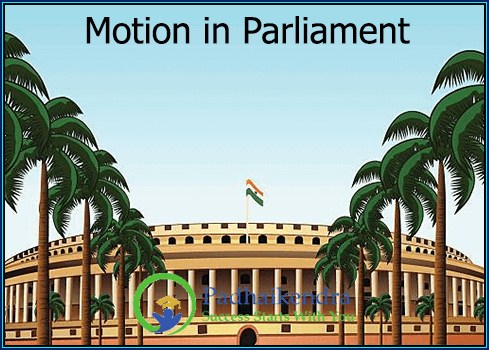The Constituent Assembly of India was formed in 1946 with the objective of drafting a constitution for India that would guide the country towards independence from British rule. The assembly was composed of 389 members, including representatives from various religious, linguistic, social, and political groups.
Here’s a brief overview of the working of the Constituent Assembly:
- Formation: The Constituent Assembly was formed on December 9, 1946, under the Cabinet Mission Plan. The members were selected through indirect elections from the provincial legislative assemblies and nominated members from princely states.
- Objective: The primary objective of the Constituent Assembly was to draft a constitution for India that would reflect the aspirations and values of the Indian people. The Constitution aimed to establish a democratic, secular, and socialist country that would guarantee fundamental rights and freedoms to all citizens.
- Committees: The Constituent Assembly had several committees that were responsible for drafting specific sections of the Constitution. The most important of these was the Drafting Committee, which was headed by Dr. B.R. Ambedkar and was responsible for drafting the entire Constitution.
- Debates and Discussions: The Constituent Assembly held several debates and discussions on various aspects of the Constitution. These debates were often heated and sometimes lasted for days. The members of the assembly came from diverse backgrounds and had different views on various issues. However, they worked together to ensure that the Constitution reflected the views of all sections of society.
- Adoption of the Constitution: The Constitution of India was finally adopted by the Constituent Assembly on November 26, 1949, after several rounds of deliberations, debates, and revisions. The Constitution came into effect on January 26, 1950, which is celebrated as Republic Day in India.
The working of the Constituent Assembly was a remarkable achievement in Indian history. The members of the assembly worked tirelessly to draft a Constitution that reflected the diversity, complexity, and richness of Indian society. Their efforts laid the foundation for the democratic, secular, and socialist country that India is today.





